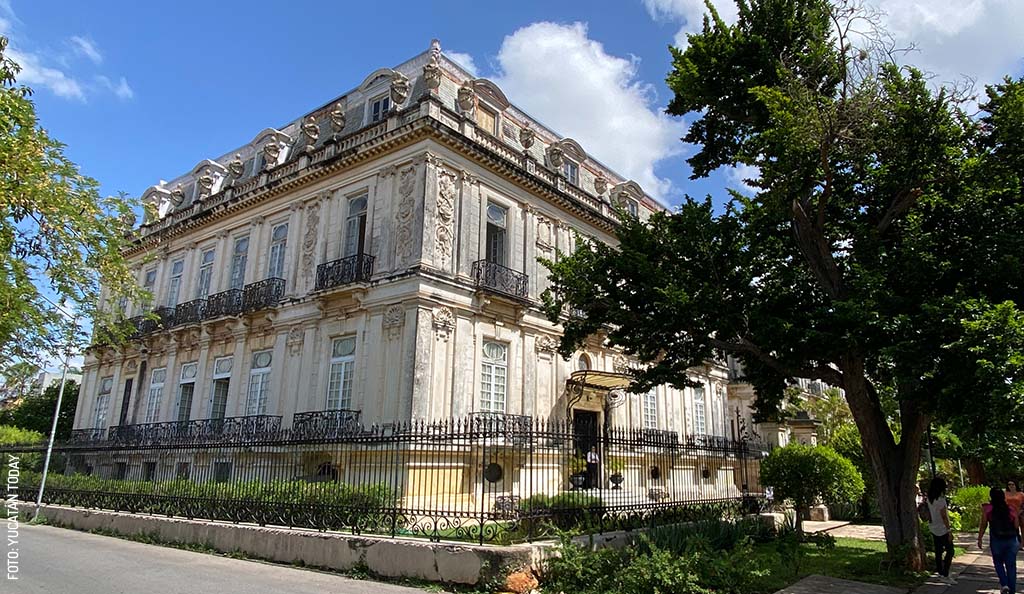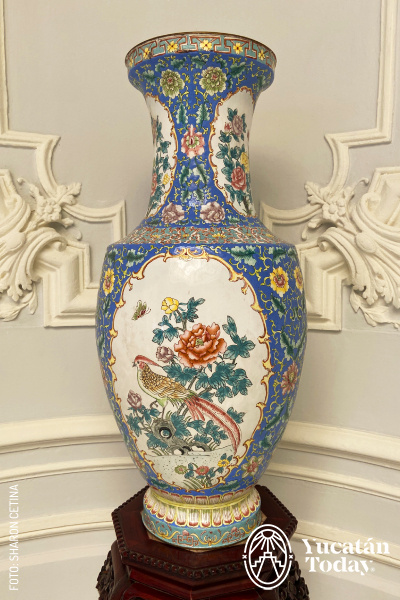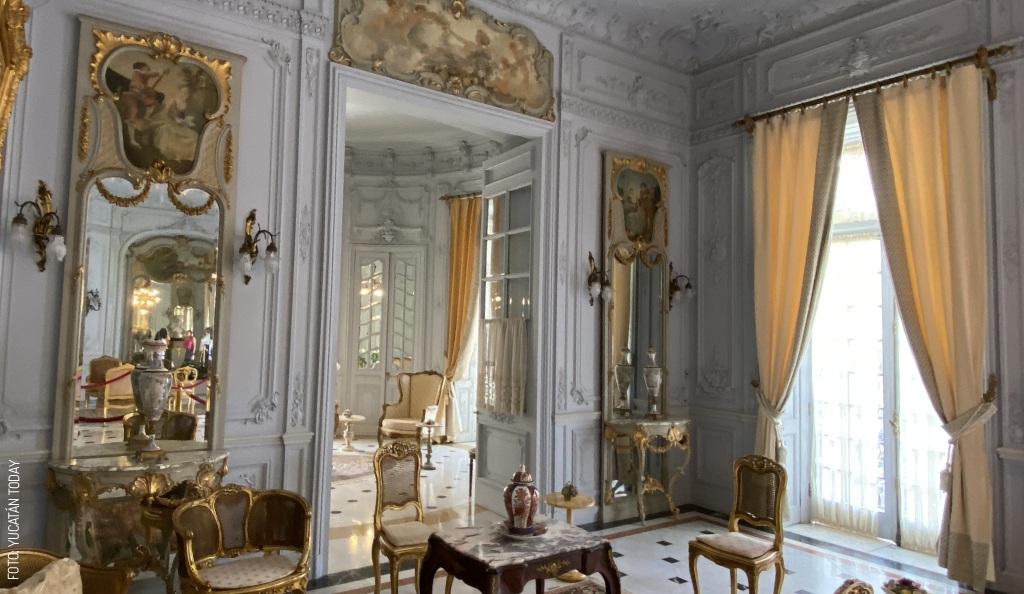
Montejo 495, Casa Museo: Travel through Casas Gemelas' history
Get to know the Twin Houses (Casas Gemelas), Visit the museum Montejo 495. Montejo 495, Casa Museo: A Journey Through Yucatán's History
Paseo de Montejo is brimming with history, beauty, and architectural wonders that reflect the grandeur and splendor that the sisal era meant for Yucatán. The global demand for this natural fiber and the major production capacity of local hacienda owners reportedly made Mérida home to more millionaires than anywhere else in the world.
The majestic mansions on Paseo de Montejo stand as testaments to that bygone wealth. Constructed with plans designed by Europe's most renowned architects and using materials imported from around the world, without concern for cost, it's no wonder they remain impressive after so many decades. Although many houses have been beautifully restored to their original glory, few stand out like the Casas Gemelas (twin houses), officially known as Casas Cámara (Cámara Houses).
The Casas Cámara on Paseo de Montejo
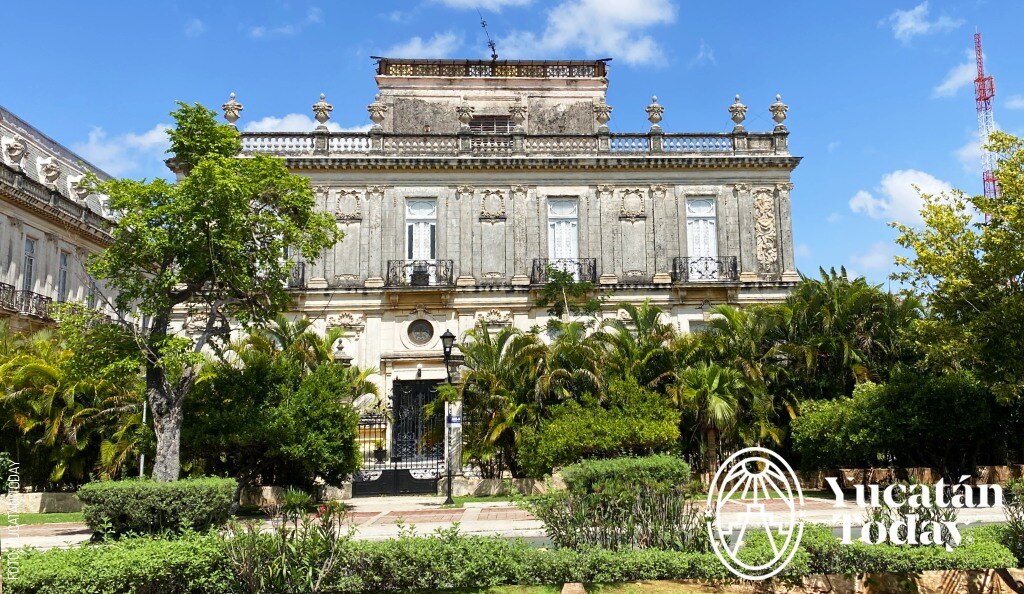
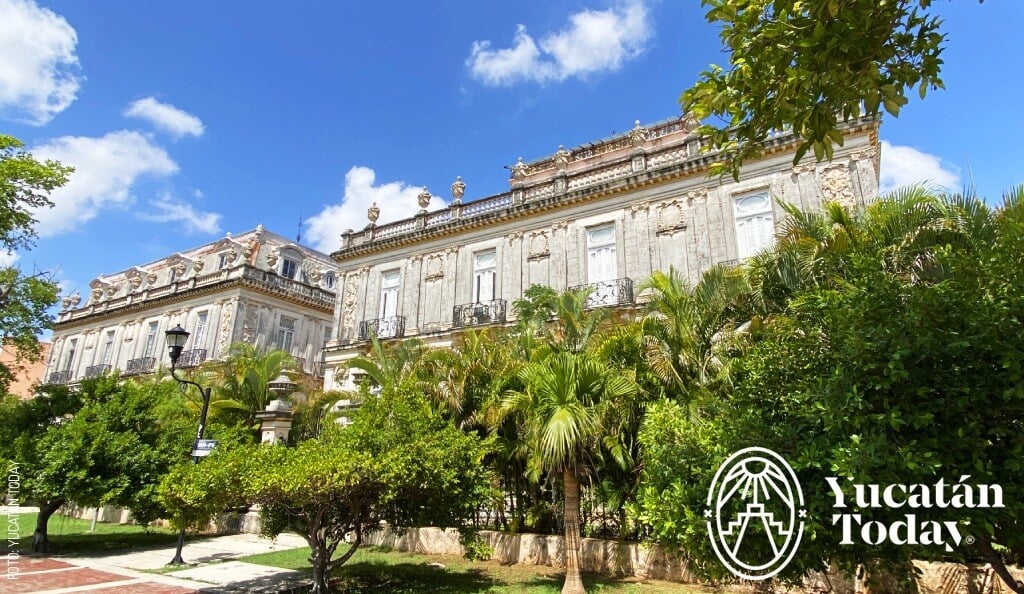
The name, of course, comes from its original owners, brothers Ernesto and Camilo Cámara Zavala. Belonging to one of the most notable Henequén hacienda-owning families, they commissioned the plans from the French architect Gustave Umbdenstock. Gustave Umbdenstock had been responsible for creating the French pavilion at the St. Louis World's Fair, which was a recreation of the Grand Trianon at the Palace of Versailles; at the request of the Cámara brothers, he was in charge of the entire design, including the interiors and furniture, which were crafted by renowned Parisian cabinetmakers. All of these elements are preserved and can be visited in the residence that belonged to Ernesto, now functioning as a House Museum: Montejo 495.
The house located at 495 Paseo de Montejo has only belonged to two families. With the commercialization of synthetic fibers, the demand for Henequén fiber plummeted. In 1964, the heir of the house, Camilo Cámara Vales, sold the property to Fernando Barbachano Gómez Rul and his wife, Doña Maruja Herrero García. Fernando and Maruja were passionate about showcasing Yucatecan and Maya culture to the world and took great care not only in preserving and enhancing the house but also in sharing it with distinguished guests such as Jackie Kennedy, Prince Rainier, and Princess Grace of Monaco, and King Umberto II of Italy, among others. Starting in 2021, the Barbachano Herrero sisters opened the doors of their residence, allowing everyone to embark on a journey through the history of Yucatán.
What you will see inside Montejo 495, Casa Museo
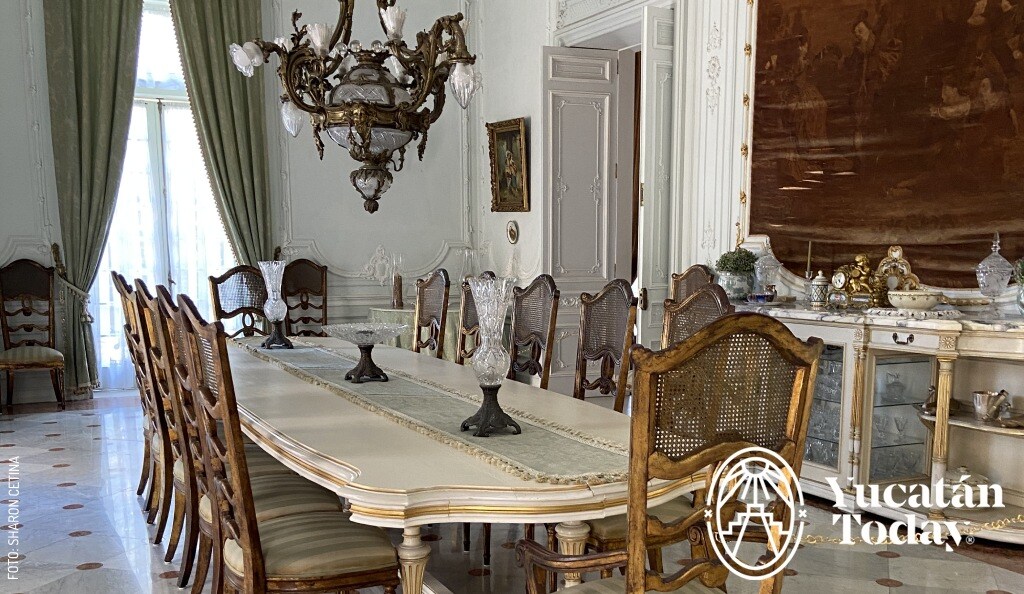
Until recently, the visit only included the ground floor and the basement. However, the upper floor of the house has recently been opened to the public, allowing you to explore even more of this fascinating home.
The history of this house is rich and charming. After the Barbachano Herrero family acquired it in 1964, it became the beloved home of Doña Maruja Herrero García for the rest of her life.
During her time there, she transformed it into a warm and welcoming home, full of character and personal touches.
The art at Montejo 495, Casa Museo
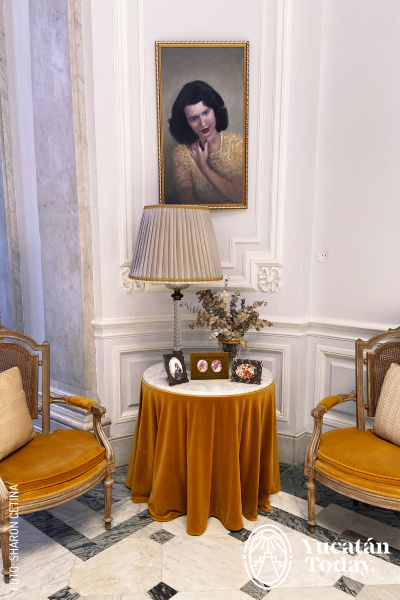
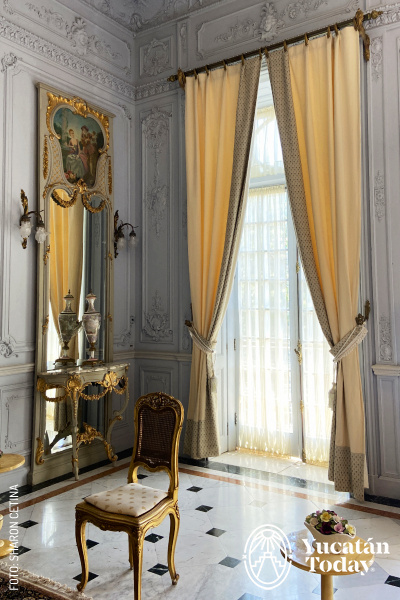
The walls of the house are adorned with artworks by renowned artists, offering a stunning view of the creativity of past eras. Among the most notable pieces is an ecological painting by the Yucatecan artist Mario Trejo, which you can admire in the master bedroom, along with numerous works by national and international artists such as Pellerin, Roberto Pani, and José Jiménez Aranda, each more beautiful than the last.
The second floor of Montejo 495, Casa Museo
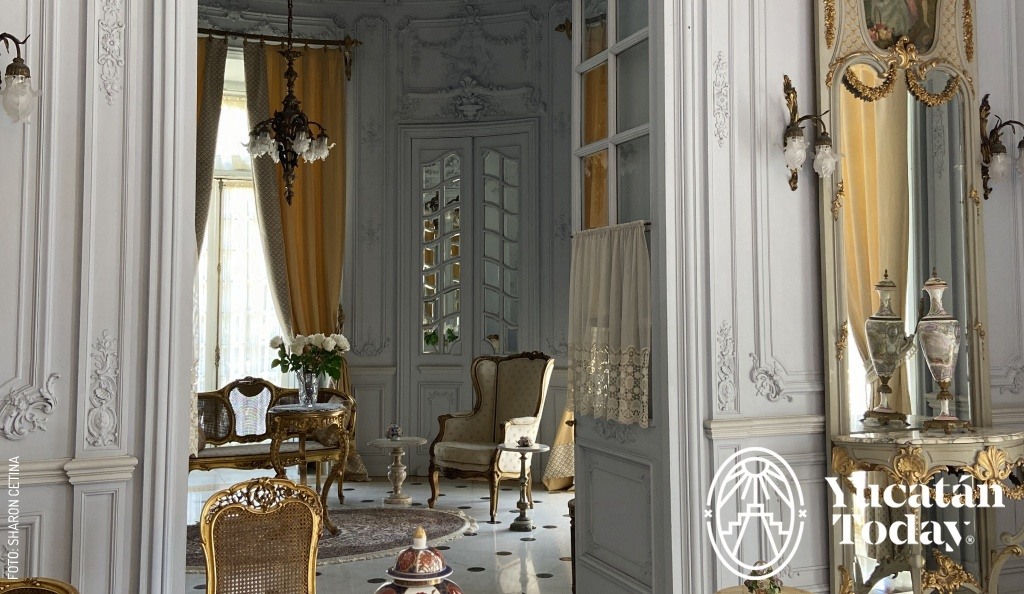
As you make your way to the second floor, you’ll discover more about the life of the Barbachano Herrero family than the Cámara Zavala family. This level reveals intimate and personal details about the daily life of the Barbachano family, allowing you to connect deeply with their legacy and stories. The rooms showcase original furniture and personal objects that tell the story of those who inhabited these spaces.
During your visit, you can explore three beautifully preserved rooms that showcase how the Barbachano Herrero family lived. The original furniture remains in place, each piece telling its own story. Highlights include the wardrobes of the Barbachano daughters, specially designed for their dresses, the elegant period beds, and Maruja Herrero García's charming pink vestibule, thoughtfully adapted from its original design for Ernesto Cámara Zavala.
Montejo 495, Casa Museo
There is so much to see in such a beautiful, historic, and monumental house like this that it would be impossible to mention every aspect here, but please know that the guides who will accompany you are prepared to give you a general tour or focus on the topic that interests you the most: the outstanding architecture, the exquisite furniture, the vast breadth of exhibited art (which, even if you are not an art enthusiast, is worth the visit in itself), the history of the state...no matter what questions arise, your guides will know the answer; and, if she’s home, you can take a few minutes to chat with Doña Maruja Barbachano, Fernando’s daughter, at the end of the visit.
Montejo 495, Casa Museo, is much more than a Historical Monument of México (and a Cultural Heritage of France Abroad); it is a journey through time and a unique opportunity to explore the interior of one of México's most iconic houses.
Montejo 495, Casa Museo
Paseo de Montejo #495 x 45, Centro
www.montejo495.com
FB: montejo495
IG: montejo495.casamuseo
Guided Tours: Tue. - Sun., 10 am - 5 pm
General Admission: $250 pesos
With Mexican ID: $150 pesos
INAPAM, students, teachers, and children over 11 years old: $100 pesos
Children aged 4 to 11: $50 pesos
Permission to take photographs: $50
Free admission for children under 4 years old.

Author: Alicia Navarrete Alonso
As a kid I heard that there's more to see than can ever be seen and more to do than can ever be done, so I set out to try. I'm passionate about knowledge and I love to share whatever my own is.
In love with Yucatán? Get the best of Yucatán Today delivered to your inbox.
Related articles
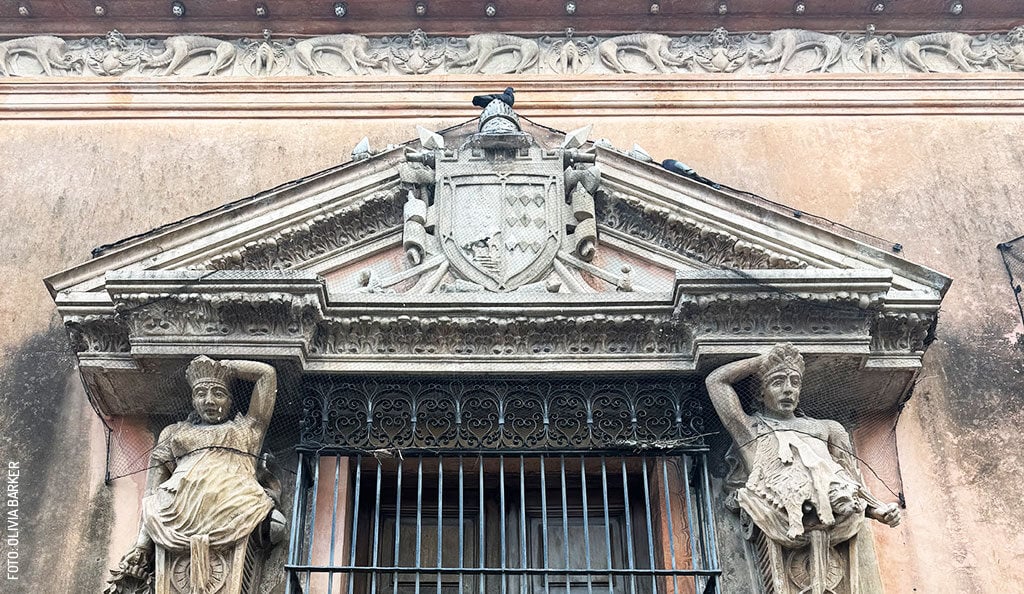
Centuries of History in Casa Montejo
La Casa de Montejo, built between 1542 and 1549 by the orders of Don Francisco de Montejo, conqueror of the Yucatán Península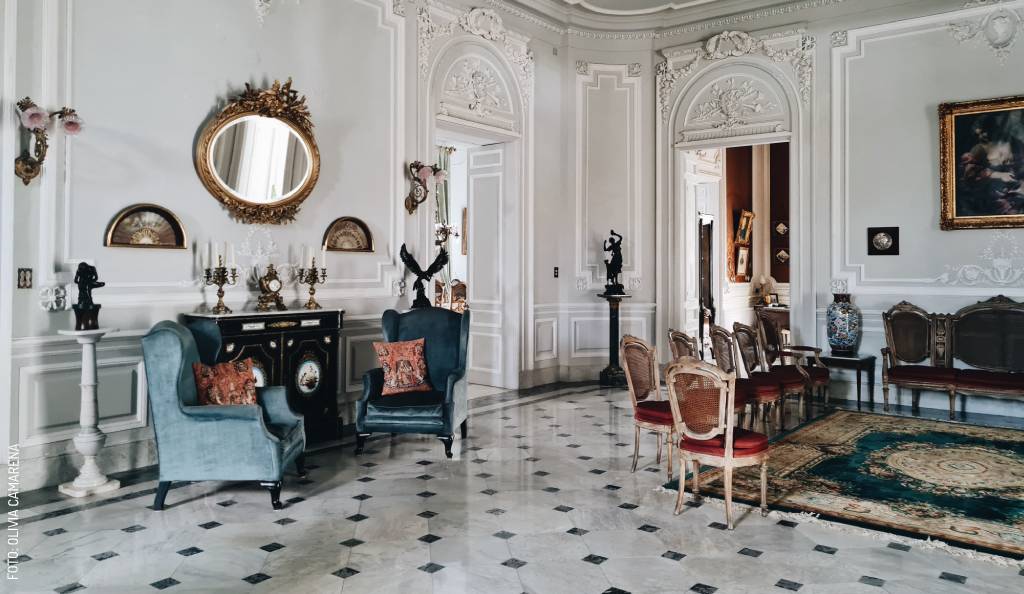
One House, Two Families: Montejo 495
If there is a collective dream for both Yucatecans and visitors alike, it is to discover the enigma of what lies inside house number 495 on Paseo de...